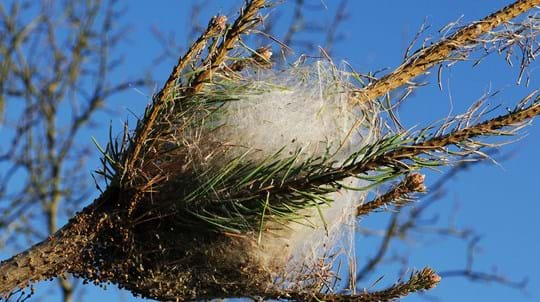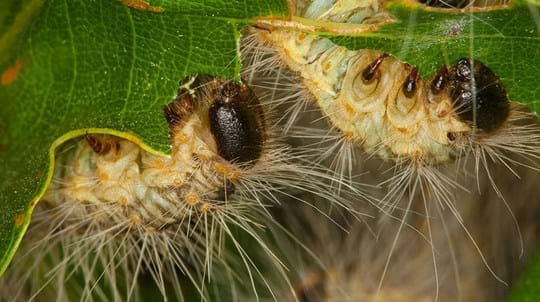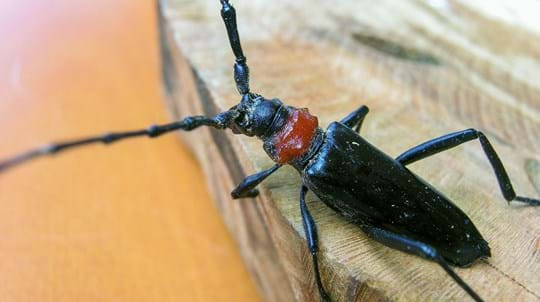
Credit: © Forest Research
How did the elm zig-zag sawfly get here?
We don’t know how this pest got here. It is likely that the elm zig-zag sawfly spread by ‘hitch-hiking’ on vehicles as the spread seems to follow major roads across continental Europe. They might have also spread through imported elms for planting.
We also don’t know the full distribution of the sawfly in the UK, but it is expected that it will continue to spread.









